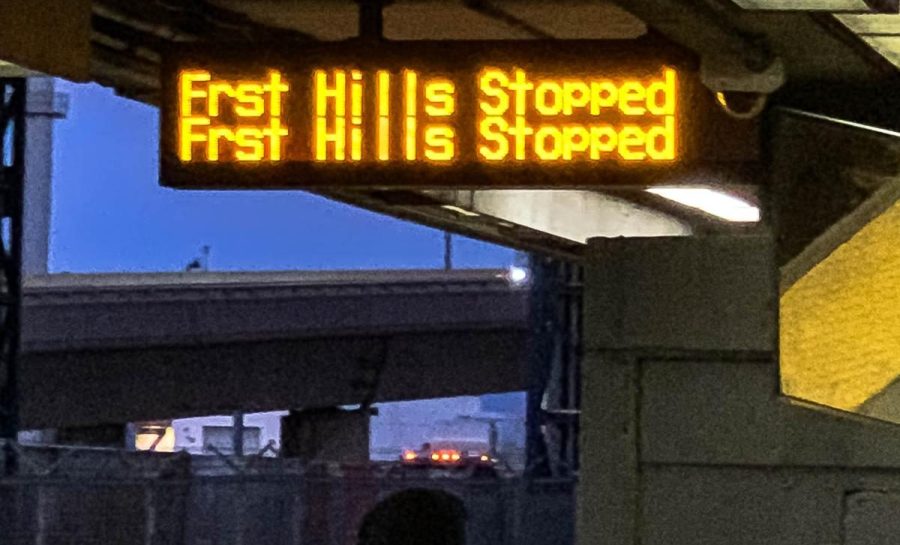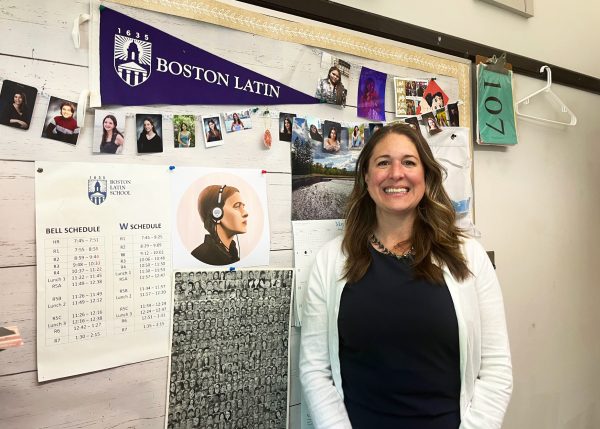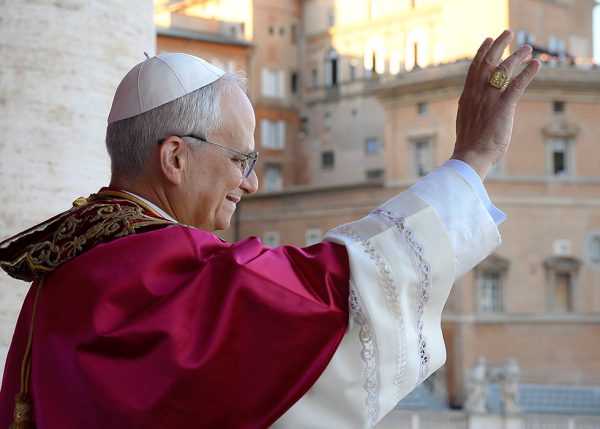Transit Time Troubles
Transit delays have always been frequent in the Boston Latin School student commute, but recently, there have been more delays than usual due to an overwhelming surge in COVID-19 cases.
The Massachusetts Bay Transportation Authority (MBTA) sends many students to and from BLS each day. Many of these students have encountered situations where their bus or train arrived late or did not arrive at all.
Rajika Bajgain (IV) recounts the delay of the 39 bus in the beginning of January: “[The bus] usually comes at 7:12 [A.M.], but that day, it came at around 7:28 [A.M.].”
In addition to the delays, she says that some buses have not shown up, forcing students to wait for the next bus. As a result, later buses are packed with students.
On the subway, Hailey Tran (III) recently encountered issues on both the Green and Red Lines. She recalls, “During a storm, [the Green Line was] shut down, and we had to take the bus instead, which added another two hours to be able to get home. […] On the Red Line, [delays are] a lot more frequent, where either the Ashmont or the Braintree train will be stuck at a different stop for ten to twenty minutes.”
Many have attributed the uptick in delays to the recent rise in COVID-19 cases, which has led to staffing shortages, and therefore, delays in transit services. These factors have forced students to wait significantly longer in order to get to where they need to go.
The rise in COVID-19 cases has affected all workers, but the situation has especially worsened for drivers, whose jobs expose them to people coming from different places every day. The lack of ventilation in buses and trains makes it difficult to stay safe while working, so drivers have been at high risk for catching COVID-19.
An MBTA spokesperson noted to the Boston Herald that the shortage of drivers has not only been attributed to those who actively have COVID-19, but also those who are close contacts, feeling sick or awaiting test results.
While driver shortages have recently exacerbated the number of delays, there are other reasons for this ongoing issue.
BLS Transportation Lead and Assistant Head of School Ms. Cynthia Webb notes that another cause for delays is the nearby construction at Simmons University, which blocks off some of the lanes on the street. With fewer lanes to use, a busy street like Avenue Louis Pasteur is prone to crowding, which has slowed the movement of vehicles. On top of that, bicycles share the lanes that buses use, adding to the time they take to arrive at or leave school.
The effects of these delays are all but positive. Transportation Lead Webb says, “During the past few months, there’s been an increase in students arriving late because of public transportation.” Although tardies are marked as excused when buses arrive late, students still miss class time. Furthermore, if buses are delayed bringing students back home, students are then late to activities or jobs.
Additionally, buses that do not arrive cause those that follow to be more crowded. Students have noticed that this could lead to an increase in COVID-19 cases, as close quarters would allow transmission of the virus.
Whether it is by watching the weather forecast to plan to take an earlier train, trolley or bus or checking MBTA.com for live updates, Transportation Lead Webb advises students to stay proactive in order to avoid these scenarios.






